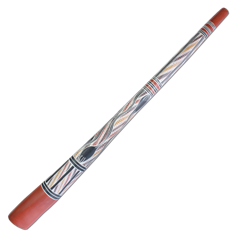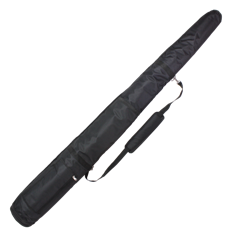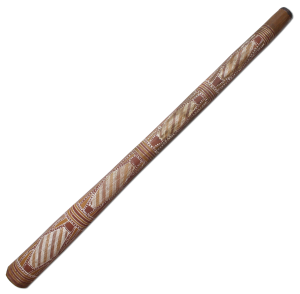Le magasin de didgeridoos référence en Europe !
Profitez de mon expérience de plus de 20 ans pour choisir votre instrument authentique au meilleur prix.

Catégories |
||

|

|

|

Livraison OFFERTE sous 48h dès 150€ d'achat, France uniquement |



